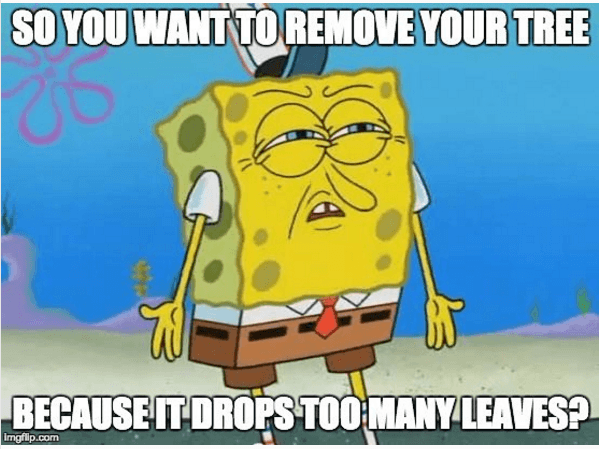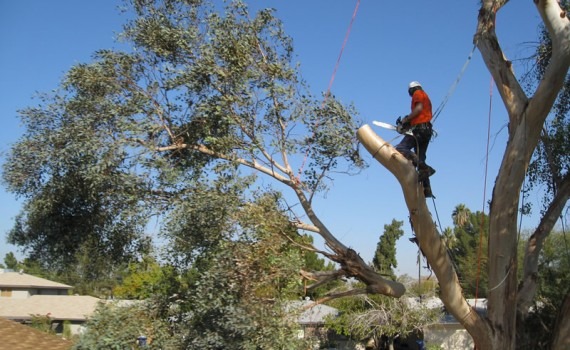Trees make a beautiful and important contribution to our gardens and environment, so it’s a priority to preserve them wherever possible. However, sometimes despite our best efforts, trees need to be removed. While its best to avoid tree removal, there are circumstances where a tree must be removed. Here we look at 5 signs that can help you identify when you may need to remove a tree, and why tree removal can sometimes be very necessary.
The Tree Is Dead
When a tree is well and truly dead, most homeowners would prefer to remove it. Dead trees may be left behind in larger properties to provide homes for woodpeckers and other animals and insects. However, most homeowners with more compact yards prefer to remove dead trees for aesthetic reasons and to eliminate the possibility of spreading disease. Removing a dead tree of any size can be safely done by a qualified and skilled arborist.
The Tree Is Rotting or Diseased
If a tree is more than 50% dead or damaged, it’s large leader beaches are dead, or 50% of the root systems have been damaged, it’s probably necessary to remove the tree. If the tree is visibly rotten it should be removed, and if you notice large fungi growing near the base of the tree, the tree could be internally rotten. In this case the tree should be evaluated by an arborist, but may need removal.

The Tree is Dangerous
Is the tree growing under power lines or near buildings or fences? Is the tree leaning or imbalanced with all branches on one side missing? A tree that is leaning or lopsided should be evaluated by an arborist as soon as possible as it could present a significant hazard. Trees that are leaning more than 15% will need to be removed in most cases.
The Tree Is Unsuitable for the Space
You or a previous homeowner may have planted the wrong type of tree or planted it in the wrong place. Now your tree is growing out of control or interfering with the plans you have for your home. While it is preferable to call a skilled arborist to provide pruning and corrective care to preserve the tree and try to make it work for your space, you may be left with no option but to remove it. While it’s best to avoid removing healthy trees, discussing your options with an arborist can help you find the best option for you.
The Tree Trunk is Damaged
If a tree’s trunk is damaged with cracks, vertical seams and old wounds, there is a chance it is rotting internally. A tree with a hollow trunk may survive for many years, but may not be stable. Because a professional’s judgement may be needed to decide if the tree is viable or not, you may need to consult with your local arborist. But as a general rule, if less than 25% of the trunk is rotten, damaged or hollow, the tree should be salvageable.
While its best to save trees wherever possible, occasionally there is no choice but to remove a tree. With regular tree care and attention to your trees health, you can preserve your trees, and safely and accurately evaluate whether a tree needs to be removed.
 Bringing Sexy Back Into Your Yards
Bringing Sexy Back Into Your Yards 
